Stay Ahead of the Curve
Latest AI news, expert analysis, bold opinions, and key trends — delivered to your inbox.
Google Unveils Gemma 3n: An AI Model So Lightweight, It Runs on Your Phone
6 min read Google launches Gemma 3n, a lightweight, open-source AI model that runs directly on phones and laptops with under 2GB RAM. It supports text, image, audio, and video processing without needing cloud access. Google also unveiled MedGemma for health applications and SignGemma for translating sign language — pushing AI further into privacy-first, accessible, real-world use cases. Follow up What are the potential use cases for Gemma 3n? How does MedGemma improve health data analysis? What advancements does SignGemma offer for accessibility? May 21, 2025 10:38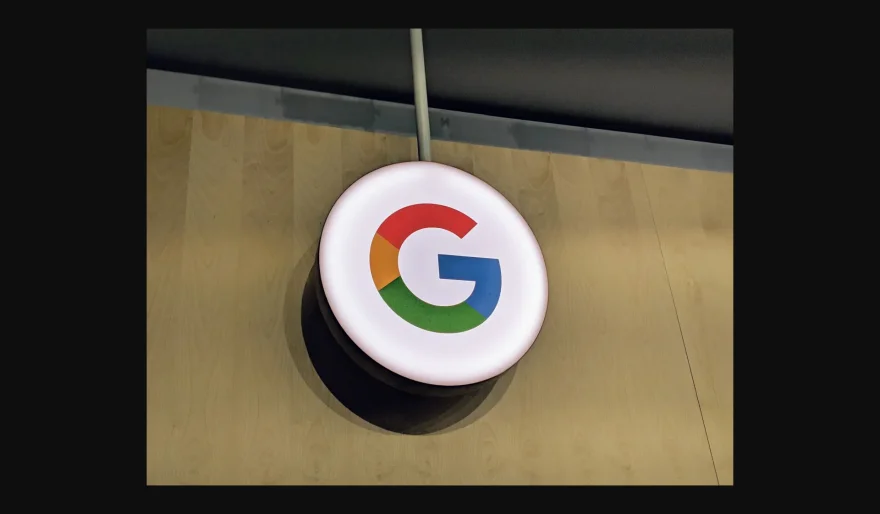
Google just dropped a game-changer at I/O 2025 — and if you're an AI enthusiast, this is a big one.
Say hello to Gemma 3n, the latest addition to Google’s open-source Gemma family of AI models. What makes this release so exciting? It’s not just that Gemma 3n is multimodal — capable of understanding text, images, audio, and video — it’s that it can do it all on-device, even on phones with less than 2GB of RAM. Yes, really.
📱 AI That Fits in Your Pocket
While big AI models like GPT-4 and Gemini 1.5 demand heavy server horsepower, Gemma 3n runs locally on smartphones, tablets, and laptops — no cloud connection required.
That means:
-
Faster response times
-
Offline usage
-
Increased privacy (since no data needs to leave your device)
-
Lower operational costs for developers
At a time when data privacy is more critical than ever, and cloud compute bills are climbing, Gemma 3n’s edge-first design makes it ideal for apps that need speed, trust, and affordability.
🧠 Built Like Gemini Nano — But Open
According to Google’s Gus Martins, Gemma 3n shares its architecture with Gemini Nano, the AI already powering features on Google Pixel devices. But while Gemini Nano is closed, Gemma 3n is open-source, giving developers full freedom to adapt, fine-tune, and integrate the model into their own projects — whether that’s building chatbots, audio transcribers, or vision tools.
It’s a win for the open AI movement, and a major leap forward in democratizing AI access.
🩺 Meet MedGemma: AI for Healthcare Developers
Google didn’t stop with phones. At I/O, they also revealed MedGemma, a new collection of models tailored for medical AI applications. It’s designed to analyze health-related images and text, making it a powerful tool for building diagnostic assistants, radiology support apps, and more.
Because it’s open, MedGemma gives researchers and health tech startups the flexibility to fine-tune the model for local needs, opening the door to more personalized, responsible healthcare AI — without relying on opaque, one-size-fits-all tools.
🤟 SignGemma: Accessibility Through AI
And in one of the most heartening updates from the event, Google previewed SignGemma, an upcoming model trained to translate sign language into spoken text. Designed to help developers build tools for the deaf and hard-of-hearing community, SignGemma could power everything from real-time sign language transcription to assistive communication apps.
It’s not just cool tech — it’s a reminder that AI can be a force for inclusivity.
🧩 Why This Matters
What Google is doing with Gemma 3n, MedGemma, and SignGemma reflects a larger trend in AI: going smaller, more private, and more purposeful.
Where massive cloud-based models once ruled, we’re now seeing powerful AI that:
-
Fits on everyday devices
-
Respects user data
-
Solves specific problems — from healthcare to accessibility
For developers, researchers, and tinkerers, it’s a thrilling time. With open models like Gemma, the barrier to entry for building cutting-edge AI has never been lower.
And for the rest of us? It means smarter apps, more personalized experiences, and a future where AI works quietly in the background — fast, private, and just a tap away.
User Comments (0)
Editor's Choice

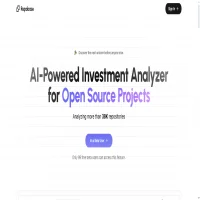
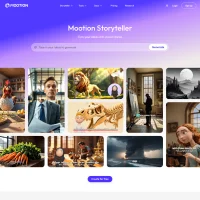
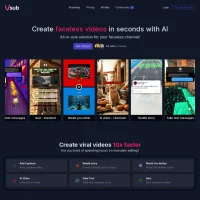





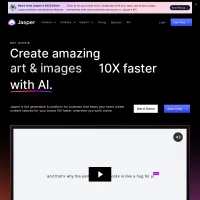
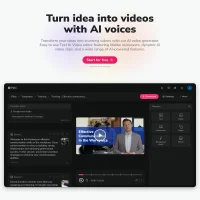
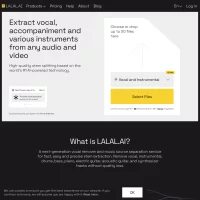
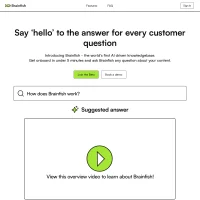

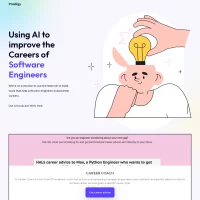

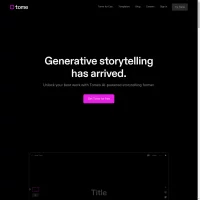

 AI Agents
AI Agents